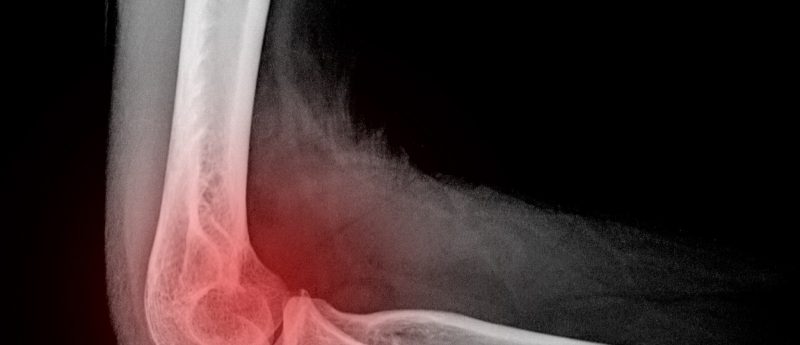Could new tendon stem cells illuminate a path to recovery?

New tendon stem cells have been discovered in mice and could be utilized to aid in the recovery of difficult tendon injuries.
New research from Carnegie Institution for Science (WA, USA) has identified the existence of a potential stem cell population within tendons. The study, published in Nature Cell Biology, describes the discovery of the unexpected cell population within mice, and researchers hope that these new cells will enable the recovery of tendon injuries which can often have long-term implications.
While characterizing the cells present within the mouse patellar through single-cell transcriptomics, the researchers stumbled upon the new population of self-renewing Tppp3+Pdgfra+ tendon cells. Previously, tendon stem cells had been presumed not to exist because tendon injuries may never heal and can have severe implications. Typically, tendon injuries require surgery to fix and can lead to a buildup of scar tissue, risking secondary ruptures and intense long-term pain.
“Because tendon injuries rarely heal completely, it was thought that tendon stem cells might not exist,” explained the lead author of the paper, Tyler Harvey (Carnegie Institute for Science). “Many searched for them to no avail, but our work defined them for the first time.”
Investigating these new tendon stem cells, the team discovered that they originated from the same location as the scar-forming cells and were stimulated by the same platelet-derived growth factor-A signal. When the platelet-derived growth factor-A signal was abrogated in the tendon stem cells, they demonstrated that only scar tissue developed, which the team suggested implies some competitive balance between the two populations.
The team hope that this new population will open avenues for regenerating tendon damage without resorting to surgery, potentially through inhibiting the scar-forming cells and allowing the tendon stem cells to outcompete; however, they appreciate it may also lead to issues as any treatment would need to target only the scar-forming cells.
“Tendon stem cells exist, but they must outcompete the scar tissue precursors in order to prevent the formation of difficult, fibrous scars,” explains Fan Chen-Ming (Carnegie Institute for Science). “Finding a therapeutic way to block the scar-forming cells and enhance the tendon stem cells could be a game-changer when it comes to treating tendon injuries.
Source: Harvey T, Flamenco S, Fan Chen-Ming. A Tppp3+Pdgfra+ tendon stem cell population contributes to regeneration and reveals a shared role for PDGF signalling in regeneration and fibrosis. Nat. Cell Biol. doi:10.1038/s41556-019-0417-z (2019) (Epub ahead of print)
Have any additional questions about this story? Ask us in the comments, below.
Find out more in these top picks from the Editor:
- Muscle stem cell pathway represents potential therapeutic target for muscle degeneration in the elderly
- Ultrasonic waves lead to more mimetic biofabricated tissue
- Regenerative rehabilitation: improving patient outcomes